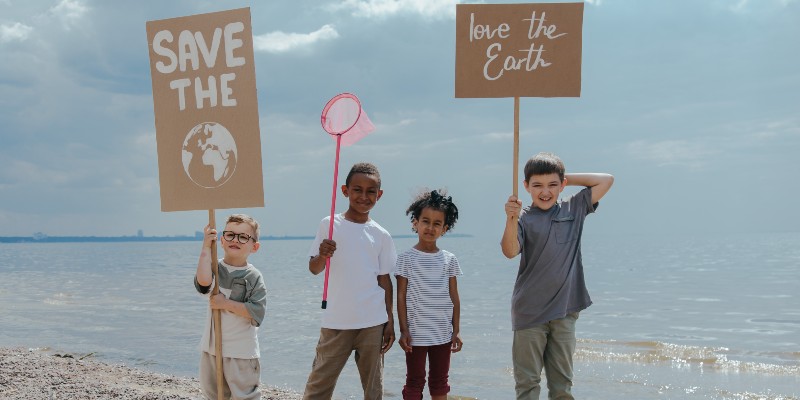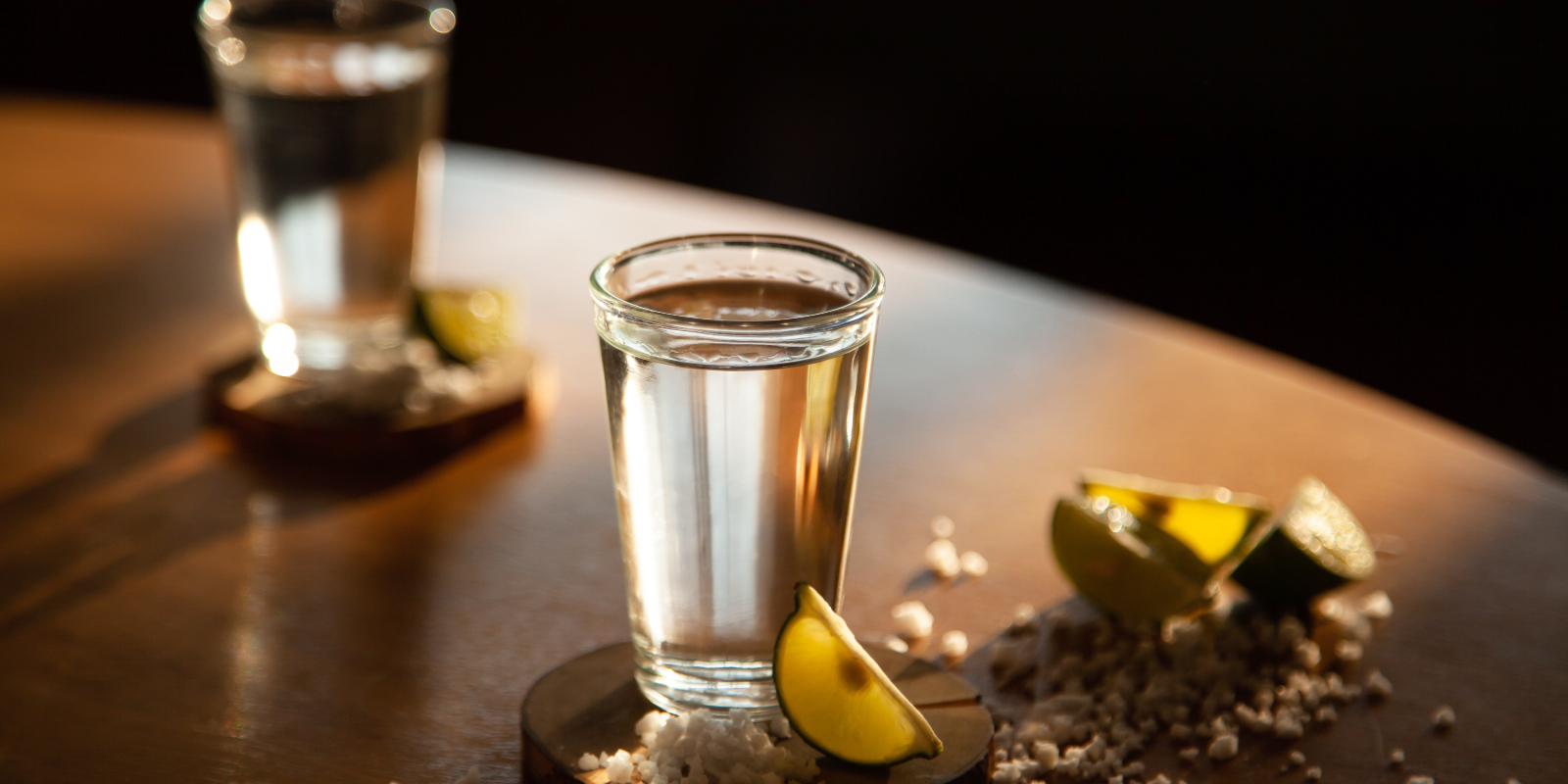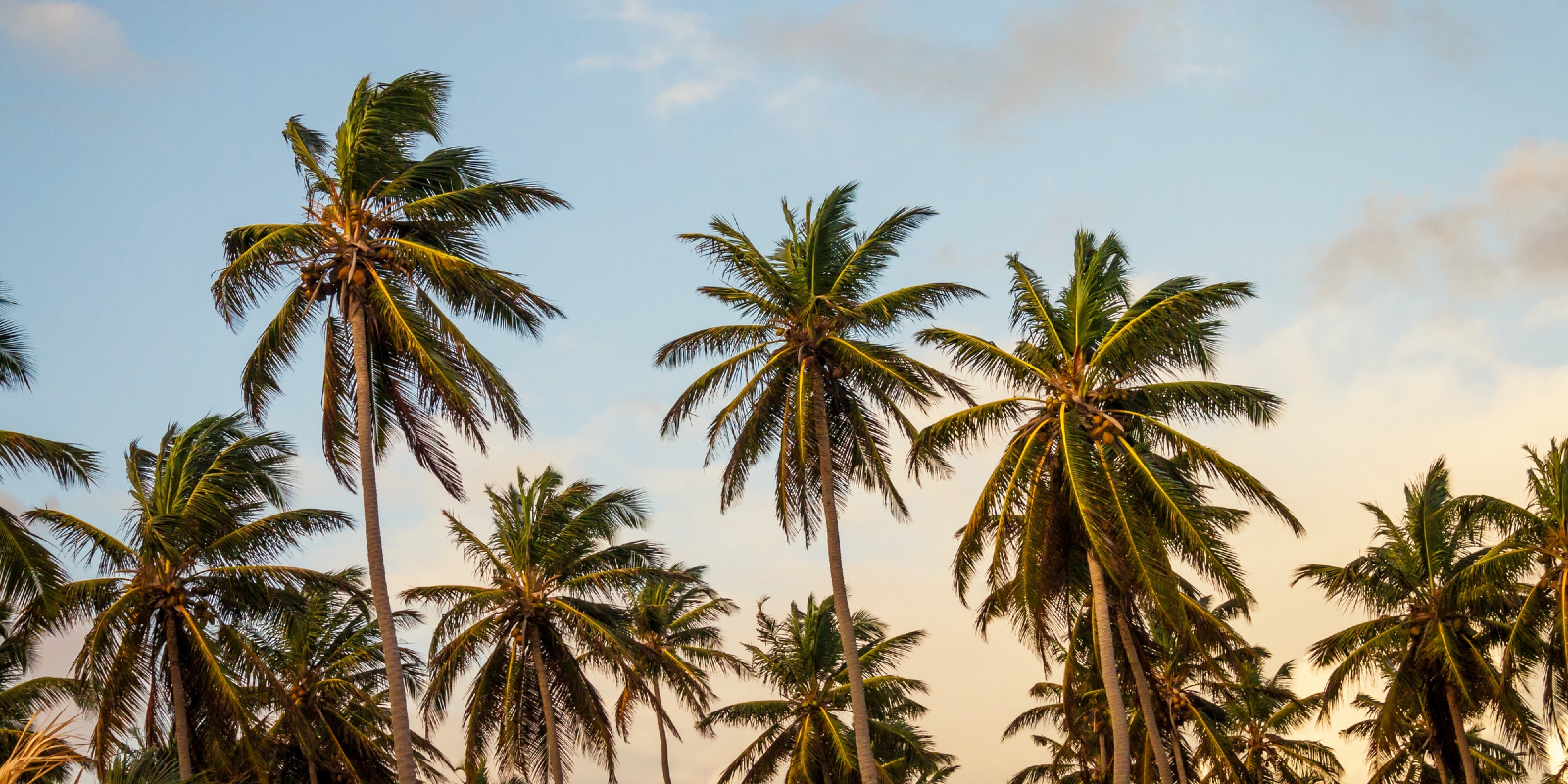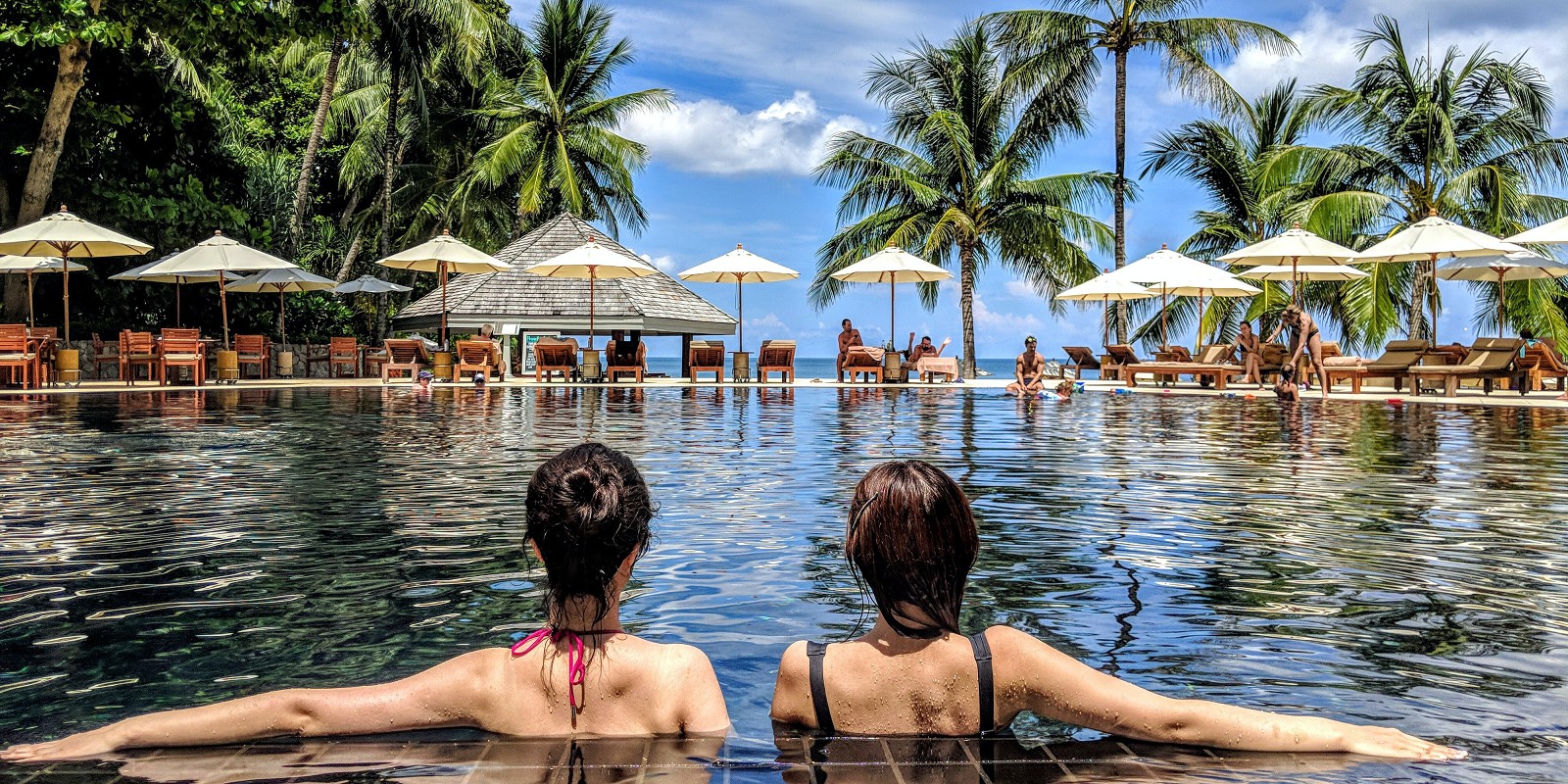
These simple eco-conscious travel tips can help you go greener on your luxury escape. It’s actually so much easier than you think.
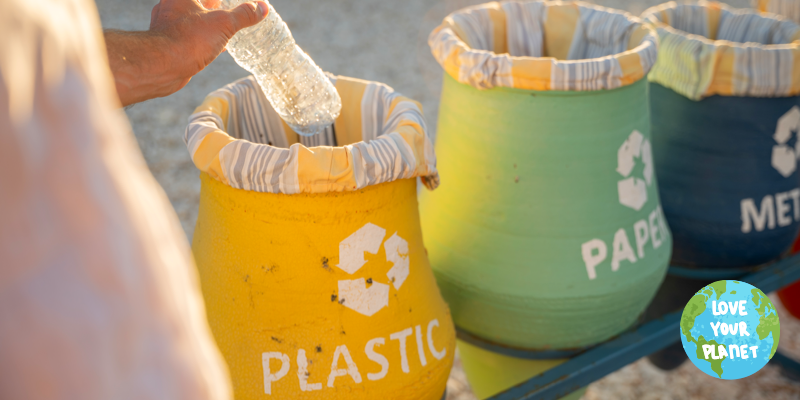
Did you know that 87% of tourists say they want to travel sustainably? So many of us want to achieve more eco-conscious travel but just don’t know how or where to begin.
In this blog, we’ll learn about the small changes you can make while you’re away to minimise the carbon footprint of your trip. Plus, we’ll discover a new world of possibilities shaping the future of tourism.
Do more for Earth Day
We leave a lasting legacy when we travel, so let’s make sure that impression is a good one.
Join the estimated 1 billion people around the globe in their demand for industry and people to come together and Invest in our Planet.
“Invest in Our Planet” is actually this year’s much-awaited Earth Day theme. If you don’t know, Earth Day is an annual movement that has been celebrated on 22 April since 1970.
So, in the spirit of investing in the planet, what are those five simple tips for achieving eco-friendly travel? We bet you’re probably already doing some of them.
How You Can Do Your Part for The Environment on Your Holiday
- Reusable food & drink containers
- Use “Reef-Safe” cosmetics
- Shop local
- Be mindful
- Eco-conscious airports and accommodation
1. Invest in Reusable Food and Drink Containers
It might seem too simple to just bring your own reusables. But, sadly, 150 million metric tons of plastic lie in our oceans, and 8 million more tons are added every year. This waste doesn’t just harm our waters and wildlife, it’s making its way into the food chain too.
Challenge the prevalence of single-use plastics by taking your own refillable food and drink containers and cutlery on your trip.
Most of us already have our trusted water bottles. If you’re buying bottled water abroad, make sure to buy big to save on excessive plastic refuse. You can also grab takeouts in your refillable food containers to end unwanted packaging waste.
This effortless move can help in stopping our plastic pollution problem. Check out some of the internet’s most favoured alternative food travel storage solutions.
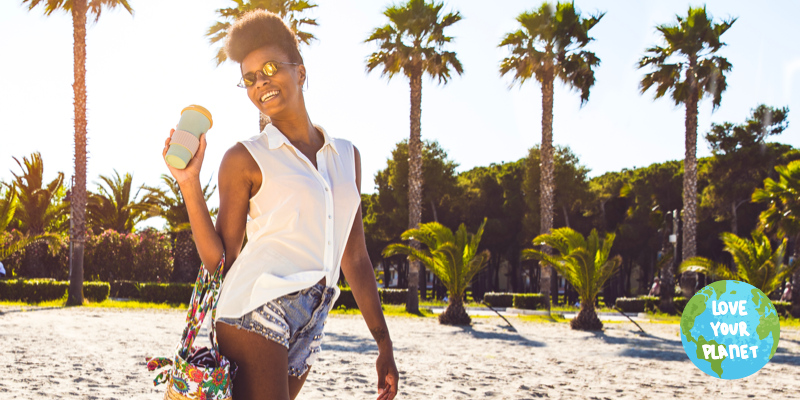
2. Use “Reef-Safe” Cosmetics
What do Hawaii, Key West, Bonaire, Aruba, U.S. Virgin Island, Palau, and Mexico all have in common?
They’ve all banned problematic chemicals such as Oxybenzone, Octinoxate and Octocrylene. These substances are commonly found in sunscreen and are incredibly hazardous to our ocean life. Sadly, their effects result in coral bleaching.
But, what if we told you, you and your loved ones can stay safe in the sun by making the switch to one of these Coral Safe Sunscreens. Except, this way, you can keep the amazing marine life safe too. It’s a win-win!
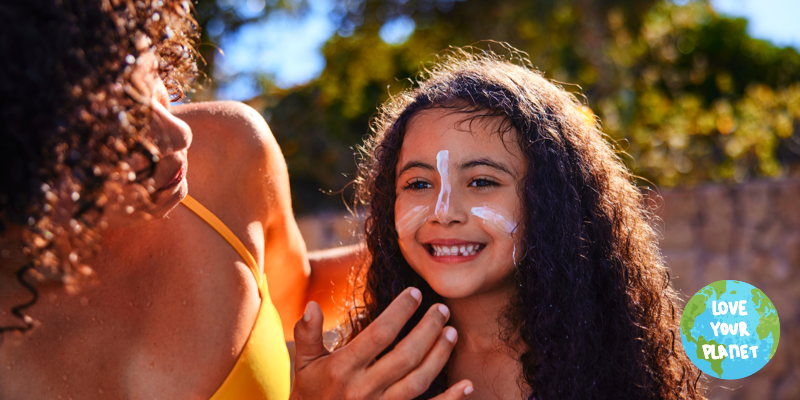
But, Quickly, What Other Cosmetics Bad?
Alongside harmful chemicals, microplastics and microbeads are also another concern. They’re extremely unsafe and are consequently banned in many countries. They can be found in most cosmetics such as toothpaste, hand gels, soaps, and make-up.
Did you know products containing microbeads can release 100,000 tiny beads with just one squeeze? Shockingly, these tiny beads are estimated to be one million times more toxic than the seawater around them. Unfortunately, it’s reported that 100% of baby sea turtles now have plastic in their stomachs.
Fortunately, though, it’s not too late to change. You can download the Beat the Microbead app to discover new means of plastic-free shopping. It’s the fastest way to learn about what really goes into your personal care products. It will also tell you which cosmetics to avoid while exploring the best recommendations on the market.
3. Invest in the Local Economy
All-Inclusive stays are just the best, but buying local makes the trip even better! In fact, a recent survey showed 53% of eco-conscious travel makers recommend buying local. This ensures native communities also see the rewards of tourism. Over half of voters advocated for public transportation where possible. Meanwhile, 41% recommended finding restaurants that only use locally sourced products.
Fast-food chains often dominate tourist hotspots. But not only do these global brands take custom from the residents they also cause lots of waste too.
A great example of going local (and a really fun thing to do) is checking out Oitsins Fish Fry Fridays while you’re in Barbados. This local market is full of food and drinks vendors, artists and craft workers.
The key to exploring a new area is discovering hidden gems that make your holiday an unforgettable experience. Local crafts make great souvenirs while also supporting regional artists. But, before you buy, make sure your gifts are both sustainable and legal.
A good rule of thumb for this is to stay away from shells, starfish, coral, turtle shells, pufferfish, and shark goods. These keepsakes actively exploit marine life and may have been obtained under illegal operations. Furthermore, many countries have prohibitions on certain wildlife commodities, which could result in confiscation or an unwanted fine when you try and get them back home.
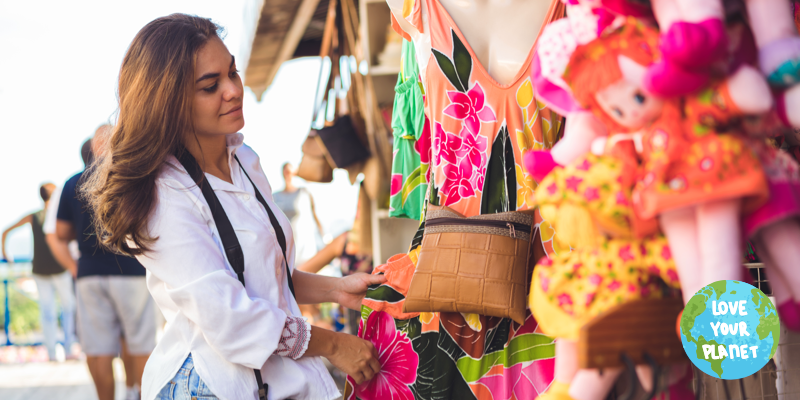
4. Invest in Mindfulness
It’s not just our carbon footprint we need to watch. Tread lightly around sacred areas too.
That eco-conscious travel survey uncovered 40% of sustainable tourists suggested visiting less-known landmarks. This helps prevent sightseer overload and allows for recovery, especially in natural areas. A prime example of damage being done to a local area as a result of over-tourism is Maya Bay in Thailand. The iconic spot which found fame as the location for “The Beach” was forced to close to allow the area to recover following years of over-tourism.
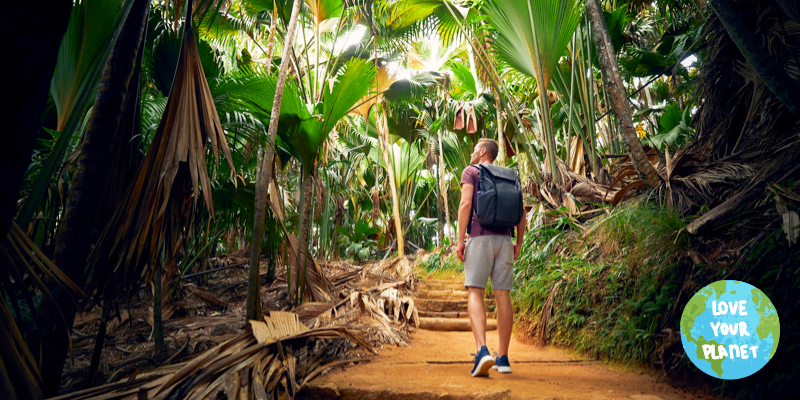
How Can You be More Mindful?
On land, stick to paths to reduce the spreading of vegetation and wildlife diseases. In the water, never tread or touch coral. Diving hotspots are crumbling away under tourists’ feet, making it impossible for reefs to recuperate and flourish. Seek alternative trips and days out, away from sensitive areas.
If chilling out on holiday isn’t your thing and you yearn for adventure; why not take up a beach clean on your wanders? Remember to cut the arms of bags, face masks and beer packaging to reduce the number of animals getting caught and tangled.
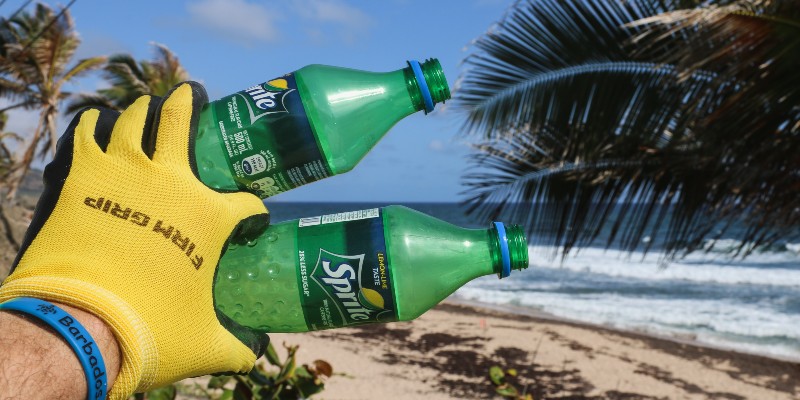
5. Make Use of Eco-Conscious Airports and Resorts
You probably already take time to choose ethical resorts when booking your break. However, tourism is responsible for roughly 8% of the world’s carbon emissions, nearly half of that comes from plane emissions.
But there are some top eco-friendly airports around the world leading the charge against climate change by implementing creative solutions to environmental concerns. From water and energy use to building infrastructures, sustainable fuel use to indoor forests; these adaptations do not disappoint its millions of visitors and awards panels.
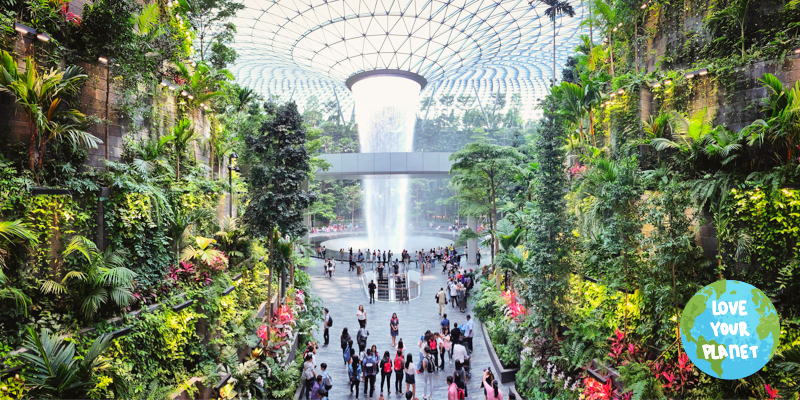
Sustainable Resorts
In the coming year, 81% of travellers say they want to stay in sustainable accommodation. But you don’t have to sacrifice luxury for greener living. In fact, there are many high-end eco-friendly Caribbean resorts waiting to make your dream escape greener.
As a nice addition to the green feels, when booking your holiday with us, you can make a donation to the Travel Foundation.
We’re proud to support this specialised UK-based charity that actively encourages international sustainability. Ensuring that travel has a positive impact on tourist destinations; including indigenous economic growth, waste awareness and climate action development. Your donations mean their essential projects continue to help communities across the globe.
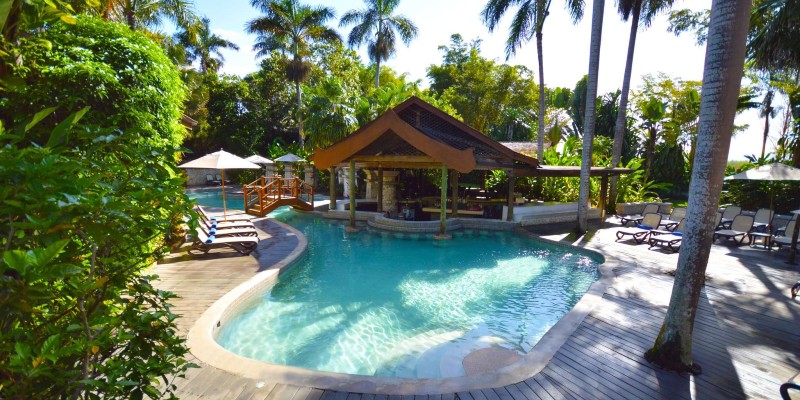
Who Said Eco-Conscious Travel Has to Be Difficult or Dull?
Now you know our top tips for eco-conscious travel, we hope these simple efforts lead you to instigate big changes. Helping you make better choices at home and abroad.
While we’ve still got a long way to go, that shouldn’t stop us from acting now. There’s a big beautiful world out there, we all want to see it looking its best.
So, if you’re ready to get started exploring paradise, click the button below to see our collection of eco-friendly resorts in the Caribbean.

